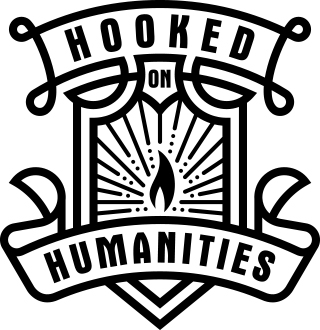CREATIVE WRITING
These creative writing resources stimulate students by providing imaginative challenges. Whether mirroring the work of visual artists, composing poetry or diving into on-the-spot experiments, the students are encouraged to fully explore the power of language and their ability to communicate.
A range of activities and tasks are offered and each has a detailed learning progression that enables teachers to systematically guide the students. Each progression is divided into parts which can accommodate most lesson lengths and they are supported by preparatory materials and student examples.
The resources vary from single lessons to programs which cover up to three weeks teaching and provide appropriate variations to help teachers tailor the learning experience to their students’ needs. Transferable strategies, which can be used again and again in different lessons, are also incorporated and train students to employ reliable ways of acquiring knowledge and refining skills.
Guided imagery narrative
Some young students tend to compose narratives that are not so much more than a list of plot points. By supplying a simple plot line and having students imagine the events in the story they begin to write, the emphasis of the task becomes descriptive writing that lets the reader ‘see’ the events and ‘feel’ their emotional impact.
Prose portraits
Artists draw their inspiration from life so this writing task offers students the same opportunity. They have the thrill and the responsibility of having someone sit for a ‘portrait’. Sketch notes from the sitting become the raw material for a short narrative. Students make the leap from close observation to imagined life.
Build a story
An engaging narrative can be developed from quite humble raw material. When students understand this and know how to ask story-building questions about each narrative element they can stimulate their imaginations. Using story-building questions to develop their own narratives also makes students more aware of the choices made by other writers. This resource can be used for a short series of lessons or as the base for a whole unit of creative writing.
Putting pieces together
This exercise enables students to revise narrative elements, warm up for writing a narrative, challenge their creative writing skills and have fun. Its discussion and reflective writing components also let the teacher see how students are dealing with broader concepts and their perceptions of themselves as writers.
Automatic writing
This is a quick, fun activity which while seeming to be just about the number of words on the page actually helps students to focus and persist and learn that the first draft does not have to be perfect. It can also serve as a diagnostic for students who will struggle to write for sustained periods under test conditions.
Using a pattern
Using one story as the pattern or template for the creation of a new narrative is an effective way of giving students the opportunity to really appreciate how the components and techniques used influence the telling of a tale. The pattern story in this exercise brings their attention to stereotyping, descriptive language, change of point of view, a twist in the plot and dramatic irony!
Family photo poetry
Close observations and an emotional link to the subject matter enables students to generate poetry which is more powerful. In this writing task, students explore a family connection and anchor each poem to key physical details. The poems produced are ones which students can proudly regard as ‘heirloom’ writing.
Triptychs
Senior students need to have a repertoire of writing skills. This task enables those skills to be developed whilst offering a unique challenge. Students produce three panels of writing that reveal the nature of a fictional family. The task channels the students into showing us the family rather than just telling us about them.









